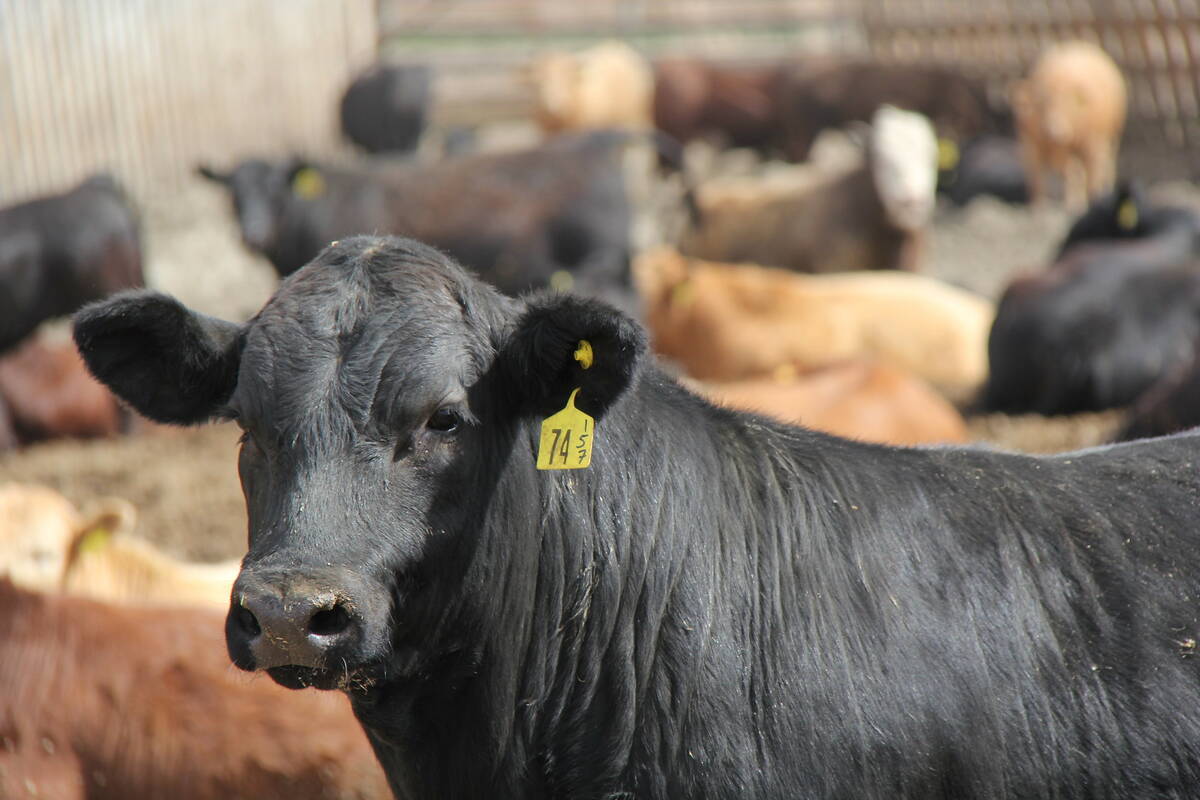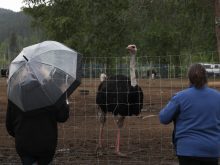Alberta’s plans for a new land-use planning framework need more checks and balances in order to safeguard farms and other private land from excessive regulation, a new study warns.
The Frontier Centre for Public Policy last week released its review of the province’s Land Assembly Project Area Act and Land Stewardship Act, both of which, the review says, will “expand the role of government appropriation and land management in Alberta — making appropriation and management more frequent, intensive, time-consuming, and expensive.”
Read Also

Klassen: Feeder market remains volatile
For the week ending September 27, Western Canadian feeder cattle markets traded $10/cwt higher to $10/cwt lower compared to seven days earlier.
The review, conducted by FCPP researcher Fergus Hodgson, warns that under those circumstances, “the desired certainty and freedom associated with property will diminish.”
Furthermore, Hodgson wrote, “those in favour of environmental, land-use controls will have greater powers at their disposal, as well as a new agency to lobby,” a reference to the province’s planned Land Use Secretariat, which he wrote “will create a new layer of governmental planning and property regulation at the provincial level.”
The province’s Land Stewardship Act is meant to support implementation of the province’s new Land-use Framework, by setting up seven land-use regions and a Land-use Secretariat, authorizing regional plans, creating regional advisory councils and addressing the “cumulative effects of human and other activity.”
The purpose of the framework is seen as to manage growth in the province while respecting property rights and municipalities’ decision-making authority.
Among the policies laid out in the framework is a plan to “determine more effective approaches to reduce the fragmentation and conversion of agricultural land,” the provincial government has said.
That’s a reference to farmland that’s subdivided for country residential development, creating fragmented areas where it can become difficult or dangerous to move ag equipment or cattle along local roads.
The Land Assembly Project Area Act, meanwhile, is meant to “improve the process for government to designate and assemble large tracts of land for major projects such as transportation utility corridors,” the province has said previously.
That legislation’s framework is meant to “enhance transparency and accountability when dealing with numerous landowners for large-scale land acquisitions over a long term,” according to the province.
“Regulatory taking”
On the upside of such a regulatory regime, Hidgson wrote, “current landowners will be compensated for regulatory taking, at least those carried out under Bill 36, as already occurs with outright acquisitions” by the province.
However, he wrote, “the level of compensation, whether for outright appropriation or regulatory taking, is the issue most in need of address. Bill 36 compensates landowners for regulatory taking, which places the expense of regulation back on those to benefit most, general constituents,” meaning taxpayers.
“However, this form of compensation does not extend to Bill 19,” Hodgson wrote. What’s more, he warned, “although referred to frequently in the bills, there are serious problems with the precision of the terms ‘market price’ and ‘independent evaluation.’
“Hence, further research and creative remedies will be needed if landowners are not to pay a disproportionate price for infrastructure and environmental regulation.”
Hodgson’s report urges that under the new legislation, “losses created by forced acquisition, over and above fair market price, and the limitations associated with independent third-party evaluations could be acknowledged and, where possible, creatively remedied.”
The need for such remedies, he wrote, “is a call for research into processes for appropriation that inflict little harm on landowners while still providing for the needs of the constituency.”
The report also suggests that the limitations and expenses of the province’s regional advisory councils “could do with clarification in order to avoid misuse of power and the spreading of local expenses to the province.”
Furthermore, Hodgson urged, “measures could also be taken to ensure that the regional advisory councils, if they are to exist, include representatives of those most at risk of appropriation and regulatory taking.”
Also, “to maintain compensation and alleviate the pressure on landowners for first-up acceptance, assistance could be made available for legal challenges against what may be unreasonable offers.”



















